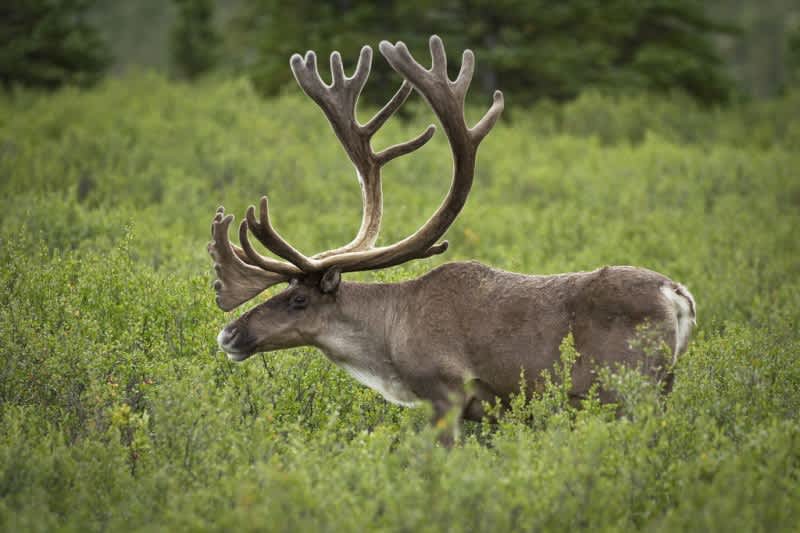Ancient Caribou Hunting Site Discovered Underneath Lake Huron
OutdoorHub Reporters 04.29.14

Underwater archaeologists made a startling discovery when researchers with the University of Michigan found a 9,000-year-old hunting site at the bottom of Lake Huron. The site, complete with what are believed to be ancient hunting blinds and storage structures, was found on the Alpena-Amberley Ridge underneath 121 feet of water. The ridge was once a dry land corridor that connected northeast Michigan and Ontario.
“In autumn, small groups carried out the caribou hunts, and in spring, larger groups of hunters cooperated,” said John O’shea, a professor of anthropology at the University of Michigan and lead author of the recently-published study detailing the caribou hunting drive.
According to a press release by the university, the most prominent feature of the the hunting site is what researchers have dubbed “Drop 45 Drive Lane,” a stone alley comprised of two great limestone walls culminating in a dead end. Archealogists believe that is is this structure that attracted the ancient paleo-Indians, big game hunters who were the descendants of the first humans to arrive in North American some 45,000 to 14,000 years ago. The hunters would use the drive lane to corral migrating caribou into a narrow corridor where the animals could be easily picked off. Divers also found evidence of what appeared to be V-shaped hunting blinds and additional stone alignments that may have been used to trap the caribou.
“It is noteworthy that V-shaped hunting blinds located upslope from Drop 45 are oriented to intercept animals moving to the southeast in the autumn,” O’Shea said. “This concentration of differing types of hunting structures associated with alternative seasons of migration is consistent with caribou herd movement simulation data indicating that the area was a convergence point along different migration routes, where the landform tended to compress the animals in both the spring and autumn.”
O’Shea and his team also unearthed scattered structures and debris around the site, including chipped stone flakes that were likely used to repair the hunters’ tools. Researchers said that the find gives more insight into the early hunting practices and social organization of North America’s first human inhabitants.
“The larger size and multiple parts of the complex drive lanes would have necessitated a larger cooperating group of individuals involved in the hunt,” O’Shea explained. “The smaller V-shaped hunting blinds could be operated by very small family groups relying on the natural shape of the landform to channel caribou towards them.”
Scientists believe the paleo-Indians originally arrived in North America through a land bridge in the Bering Strait. The ancient hunters existed primarily on the harvest of now extinct “megafauna” such as mammoths, giant beavers, mastodons, and a prehistoric species of caribou. Paleo-Indians followed the migration of big game from Alaska deeper into the center of the continent, eventually forming drastically different cultures across North America.
O’Shea and his team published their findings in an article for this month’s edition of Proceedings of the National Academy of Sciences.

